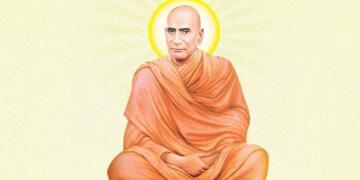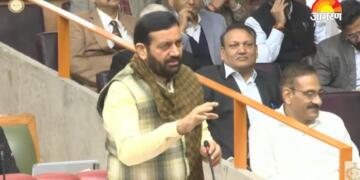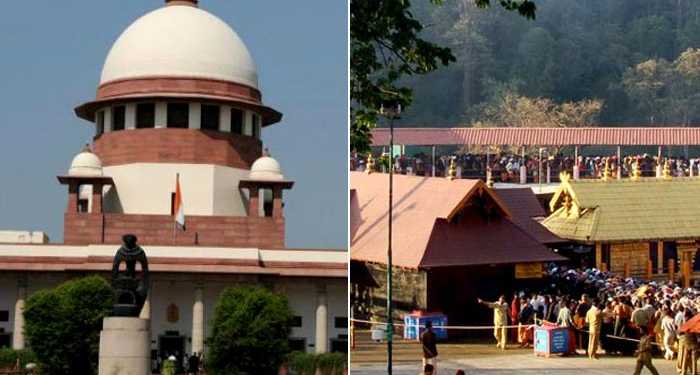Through Sabarimala Verdict the petitioner protagonist celebrated the victory of ‘Justice’ over ‘Nyaya’ and the Hon’ble Supreme Court has once again established its supremist status over the traditional will of the people.
It has surpassed Rousseau, who, as the greatest champion of ‘real will’ of the people as against the ‘actual will’ ,determined by collective sense of common good, to the extent that now the Hon’ble Supreme Court has authorised itself to even veto the ‘real will of the people’ if it deems fit.
It is ironical that we, as a polity, accept the concept of ‘reverse discrimination’ as some form of social justice e.g. in case of reservation, but refuse to submit that it can mean ‘literally’ in some context and situation.
It is amusing that the court, being an abode of highest form of wisdom, has wilfully conflated both the terms – Gender and Women. No doubt, gender is a social construct and can be exploitative and discriminatory against the fairer sex but womanhood is a natural construct and in Indian Culture, it has always been represented as the better half of the Purusha.
Yes, most Hindu temples have certain common core ideas, symbolism and themes in form of the layout, the motifs, the construction plans etc. while some are explicitly for the purpose of social gatherings. The others practice certain deity specific rituals and rules according to the nature and power attached to the sitting deity.
One must understand that although a temple is a public space, yet it is not akin to a tourist place. It is a place of worship and faith of the devotees, and therefore, a blanket standard of judgement can’t be applied. Because if so, it will destroy the unique diversity of Hindu culture which takes up many different forms through different regional beliefs and practices, in name of the very same constitution which in essence and spirit was crafted with the view to preserve this unique diversity amongst and among different religions. Secondly, it will scale up neo- colonization of English culture by throwing our native knowledge and practices into the sea on the pretext that they don’t meet the application of western logic and reasoning; as even logic and reasoning are not value neutral as no human value can be.
The Sabarimala Verdict has highlighted the fact that the debate pertaining to tradition v. modernity is not a by gone yet, it is very much a perception problematic and unfortunately our judiciary has become an active participant in it through hyper activism which is curiously seen missing when it comes to proactively approach the many administrative lacunas and rampant corruption plaguing the effectiveness of the judiciary itself.
Our Constitution itself is a product of context. While our constitution makers poured over many constitutions from around the globe they were superlatively cautious in adopting only those part which could do justice to the unique social and cultural realities and sentimentalities of its people. Justice Indu Malhotra in her powerful dissent has rejected the view that the Sabarimala Temple be included within the ambit of ‘places of public resort’ under Article 15(2) by highlighting that when the constituent assembly voted on a proposed amendments to the draft Article 9 which corresponds to Article 15 of the Constitution, for the words ‘places of worship, Dharamshalas, Musafirkhanas to be inserted therein, it was rejected by the Constituent Assembly. The Assembly considered it fit not to include ‘places of worship’ or ‘temples’ within the ambit of Draft Article 9 of the Constitution. The conscious deletion of “temples” and “places of worship” from the Draft Article 9(1) has to be given due consideration.
We must approach the present tradition v. modernity debate with the same spirit, caution, sensitivity and a ‘surgical knife precision’ in words Advocate Sai J Deepak. There cannot be a sweeping application of western standards and imposition of select few ‘political correct’ concepts on the traditional beliefs of the Indian people without balancing both legal and social nuances.
It is a thought to be reckoned with that democracy functions on the basis of rule of law determined and formulated by majority, and not majoritarian, decision and even at most times, judiciary itself follows that rule, but reject that same majority as mob and ignorant stone age wisdom carrying lot who needs to be steered like cattle to the right path of ‘constitutional morality’, which again an undefined or rather capable of being defined infinite times, by few ‘stoic individuals’.


































